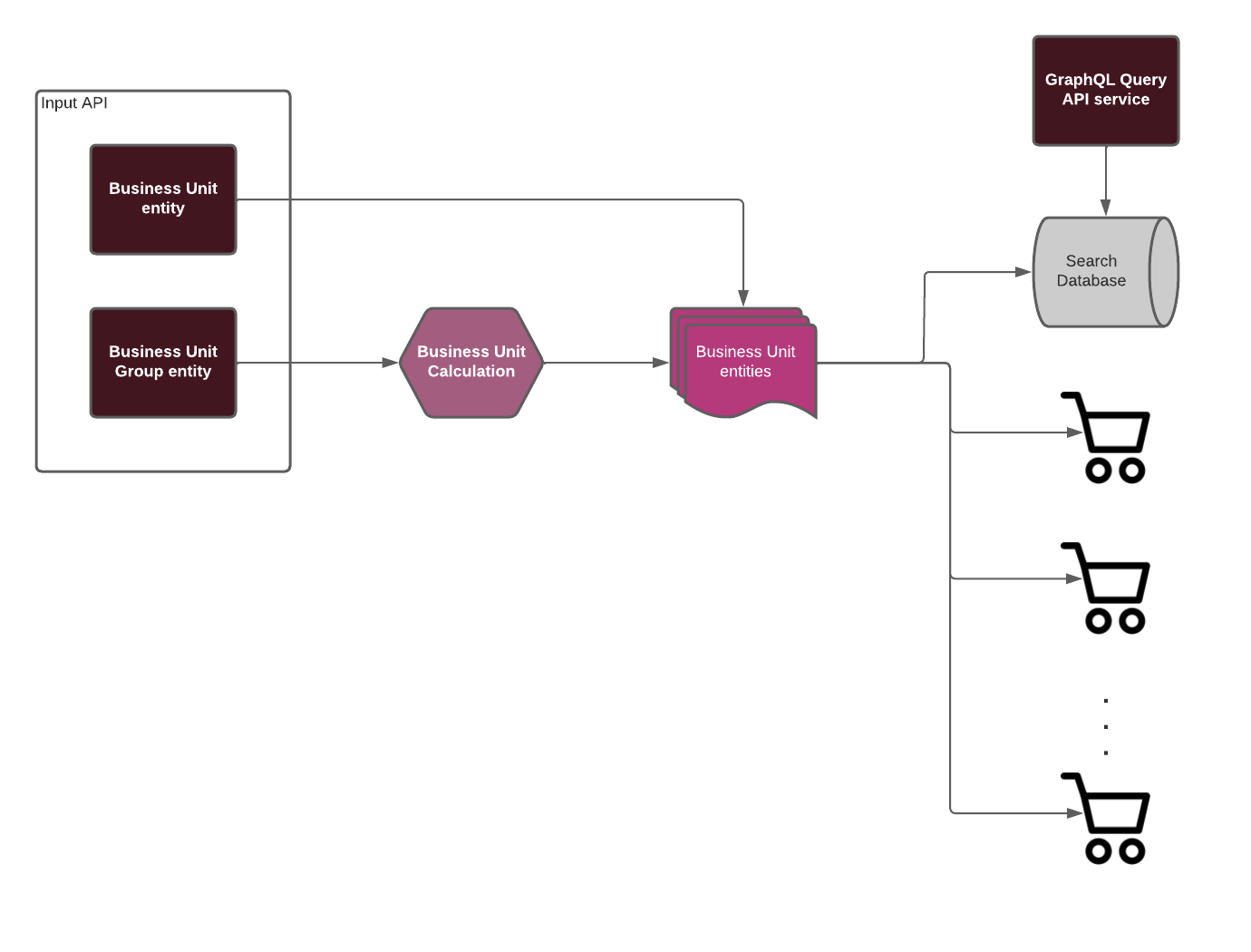Integrating master data
Integrating Master Data
When integrating master data, entity definitions are kept minimal to support different item and price types for various purposes. This avoids bloated models and allows flexibility for different ERP and PIM systems.
The extensible model lets Hii Retail consume data from any ERP system, adapting to customer needs.
The limiting factor is often the end consumer of the data (e.g., POS or app), which is customer-specific. Hii Retail provides flexibility for each customer.
Integration is currently via REST APIs, using specified formats.
A typical integration scenario:

Hii Retail is based on GS1 standards, modeling entities to match real-world retail data.
Entities include Items, Prices, and Promotions. Each represents master data in a store. The model reflects real-world entities: an Item has a name, description, type, category, net content, and unit of measure. Supplier and price are handled separately.
Items and prices have separate data flows. Price Specification supports multiple price types and time periods.
Suppliers are linked to replenishment, not directly to Items.
Depending on your requirements, you may need to integrate some or all entities. For simple use cases, only Items may be needed; for full master data management, all entities may be required.
If you need to represent a supplier with an Item, but only require simple Items, you can use Additional Properties to extend the entity.
We recommend providing a unique Correlation-Id in all requests. This header is accepted by all APIs and is used for tracing data through downstream services.
This concept of extensibility is of course open to extensive use of Hii Retail services too. The Additional Properties should be used when there is a need for extending the information beyond what the default entity provides.